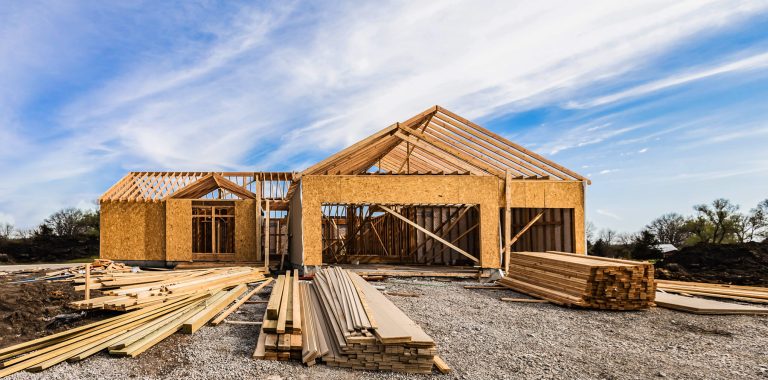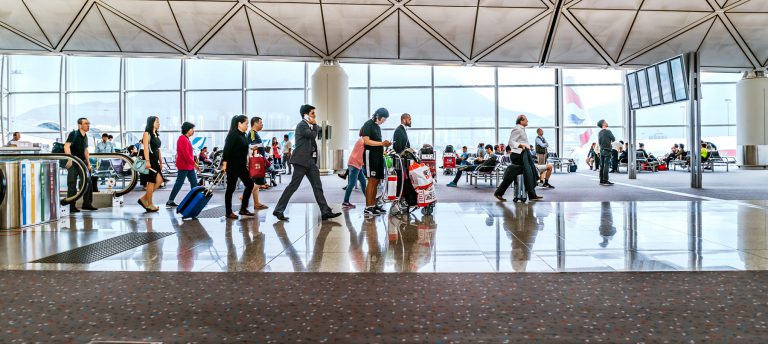To attract skilled talent in an evolving economic landscape, public and private sector leaders must understand the factors – economic, social and political conditions – that push and pull people and drive relocation.
New Kenan Institute Research Economist Sarah Dickerson says that while her research and writing will help further the institute’s mission, "I also aim to expand the mission’s scope by reframing some of the fundamental questions being asked."

How to Make Homeownership More Attainable
With homebuying season here, many Americans are eyeing the housing market, looking for signs of improvement. Will unfavorable conditions abate and the number of affordable homes begin to rise?
In 2022, in-migration slowed, and out-migration accelerated, reducing the role of net migration in North Carolina statewide population growth, according to recently released Census data. For the Tarheel state, we document changes in gross and net migration flows between 2021 and 2022, highlight possible drivers, and offer anecdotal evidence as to why the revealed changes may foreshadow a longer- term shift in migration’s role in statewide population change.
assistance in the immediate aftermath of this extreme weather event, we document the role net migration played in recent population growth—a crucial issue in climate change policy deliberations—and outline creative strategies and investments Florida officials will have to leverage to both rebuild and create resilient communities with reputational equity that remain attractive to newcomers as well as long term residents moving forward.

COVID-19 and the subsequent rise in work-from-home policies by firms have changed the landscape of skilled labor in the United States. The Survey of Working Arrangements and Attitudes finds that 15% of employees are working from home full time, as of September 2022. This dramatic increase in remote work has led to an equally dramatic physical migration of workers across the U.S. Census data shows a sharp decline in populations of the largest U.S. cities and increases among midsize cities and smaller metro areas. For example, from 2020 to 2021, the counties of Manhattan (New York County) and San Francisco both saw a decline in their population of 25- to 54-year-olds by nearly 10%.
North Carolina’s 100 counties have experienced an uneven pattern of growth and development over the past decade or so, even during the pandemic, when the state was a magnet for migration. At one end, metropolitan and amenity-rich counties captured most of the growth between April 1, 2020, and July 1, 2021; at the other, 21 counties experienced net out-migration. Given these disparities, the Urban Investment Strategies Center offers an approach using targeted economic development strategies.

As venture capital markets have surged in recent years, early access to capital remains highly localized. We examine changes that can help investors connect with underrepresented entrepreneurs outside traditional funding hubs, from innovative organizations to improvements in transportation.

The COVID-19 pandemic has generated a significant shift in how and where we work, play and live. In this Kenan Insight, we explore which changes will be temporary and which are here to stay.

The COVID-19 pandemic has generated a significant shift in how and where we work, play and live. In this Kenan Insight, we explore which changes will be temporary and which are here to stay.

Join the Kenan Institute of Private Enterprise and the North Carolina CEO Leadership Forum September 22 for the launch of a new report examining the state of our national economy – and exploring its future.





Surge in New Business Formation Brings Migration of Opportunity
Kenan Institute Distinguished Fellow John Haltiwanger of the University of Maryland sees the growth in startups and remote work as especially benefiting the South and the areas around urban downtowns.